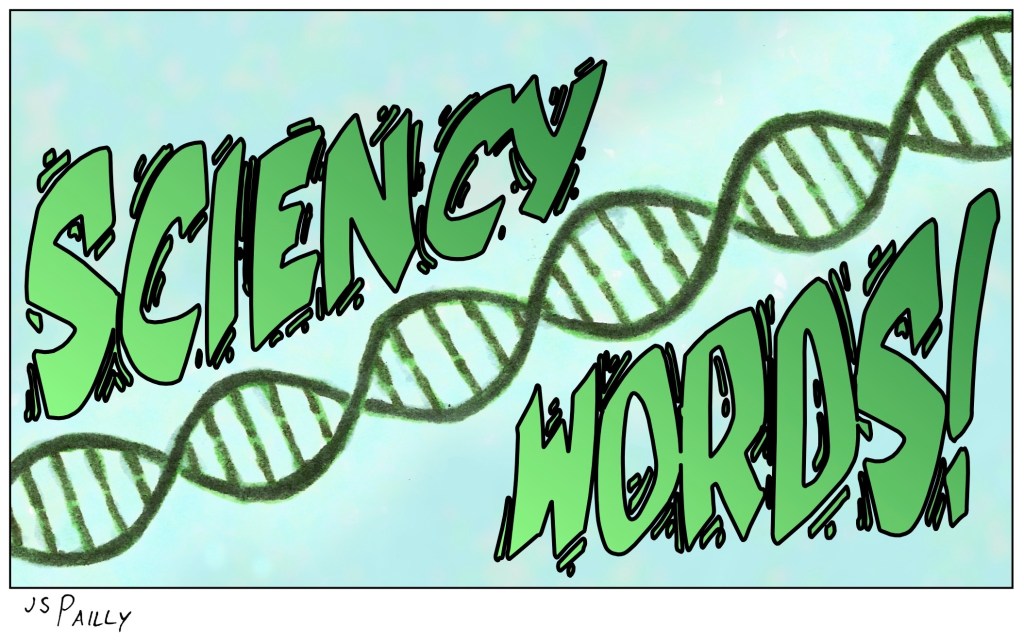Warning: This post contains spoilers for The Time Machine by H.G. Wells and Project Hail Mary by Andy Weir. This post may also contain spoilers for Tomorrow News Network books that I have not yet written.
Hello, friends!
In my research process, there comes a point where my brain switches over from learning science facts to making up science fiction. Over the last month of so, I’ve been doing a ton of research on carcinization. In that time, I have not become an expert on this topic—not by a long shot. But at this point, I have learned enough science facts for my brain to switch over to Sci-Fi mode.
Carcinization is commonly defined as the process of evolving into a crab. This has happened a surprising number of times, leading to Internet memes about crabs being some sort of “ultimate life form” or some sort of evolutionary end goal. Given how common carcinization is (or at least how popular the memes about it are), I’ve often thought that we should see way more crab monsters in science fiction. And nothing in my recent research has dissuaded me from that opinion.
Of course, giant crab monsters have appeared in Sci-Fi before. The nameless time traveler in H.G. Wells’ The Time Machine has a close call with some giant crabs:
Can you imagine a crab as large as yonder table, with its many legs moving slowly and uncertainly, its big claws swaying, its long antennae, like carters’ whips, waving and feeling, and its stalked eyes gleaming at you on either side of its metallic front? Its back was corrugated and ornamented with ungainly bosses, and a greenish incrustation blotched it here and there. I could see the many palps of its complicated mouth flicking and feeling as it moved.
The word carcinization didn’t exist yet when Wells wrote The Time Machine, but the idea of carcinization did. As far back as the mid-to-late 1800’s, scientists were already puzzling over “the many attempts of Nature to evolve a crab.” With that in mind, I think H.G. Wells knew exactly what he was doing when he populated the Earth of the distant future with giant, hungry crab monsters.
More recently, a crab-like extraterrestrial appeared in Project Hail Mary, by Andy Weir. I’m pretty sure Weir even used the word carcinization in his book, to help explain how this crab-like species could exist (though after spending about twenty minutes flipping through my copy of Project Hail Mary, I couldn’t find the reference—it’s possible I’m misremembering things). Fortunately for the protagonist of Project Hail Mary, the crab-like extraterrestrial he meets turns out to be friendly. An important ally, in fact!
After all the research I’ve done, I feel pretty comfortable exploiting the concept of carcinization for a Sci-Fi story. And given that H.G. Wells and Andy Weir already did this, I feel like I’m putting myself in good company, too. Now I do not currently have a release date set for the next Tomorrow News Network novella, but I can tell you that I’m working on it, and there will be giant crabs from outer space. Will they be friendly crabs, like the crab-like alien from Project Hail Mary? Or will they be hostile, like the future crabs from The Time Machine?

Okay, yeah, they’re definitely hostile. Sorry for the spoiler.
WANT TO LEARN MORE?
Please check out some of my previous posts on carcinization, as well as my post on orthogenesis (a closely related concept).



